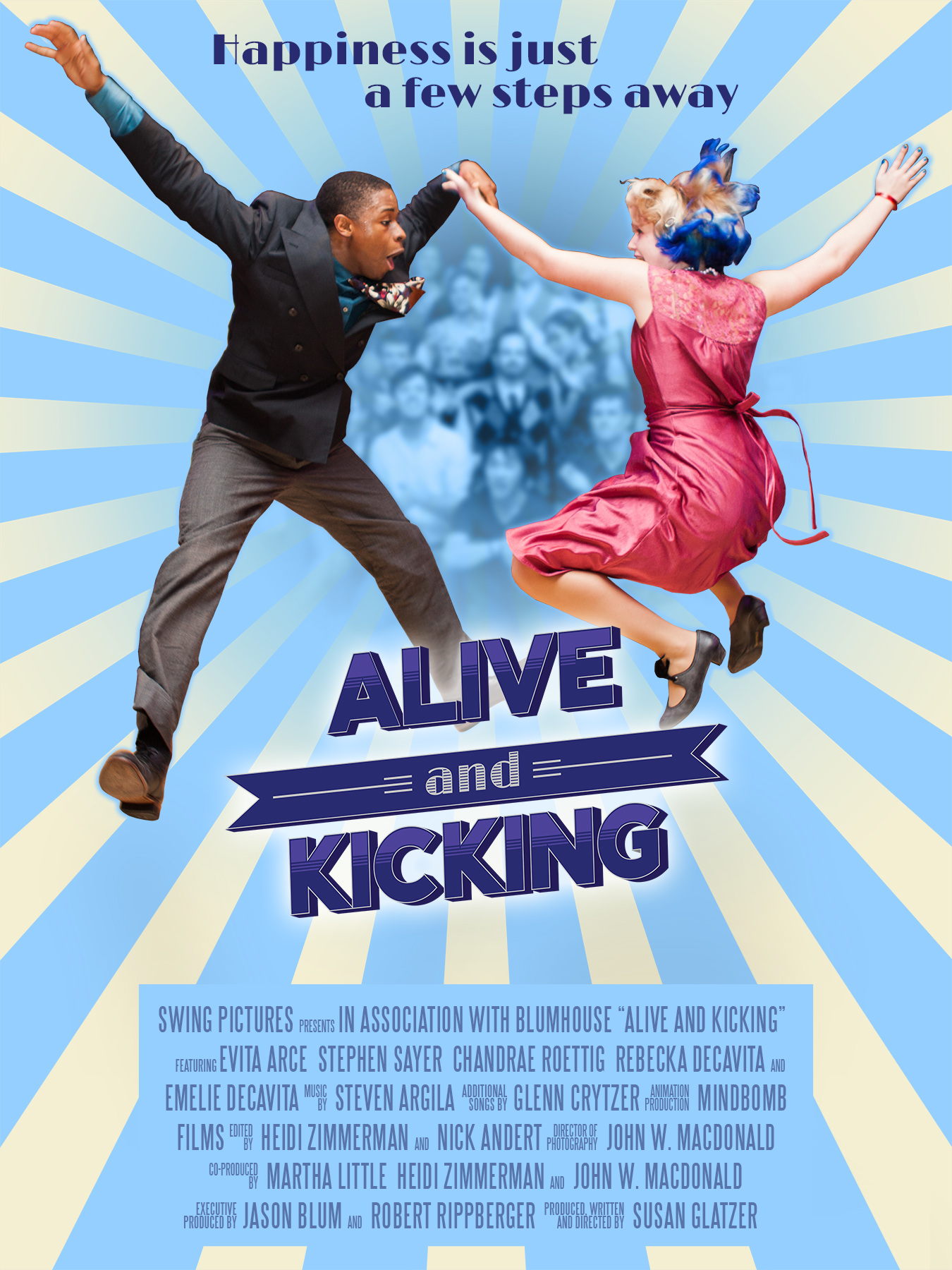Swing dance boomed onto the Harlem dance floors in the 1930s and 1940s. In the midst of the Depression, this joyous dance was born. People needed an escape from their lives, and swing dance, particularly the lindy hop, was the cure. This is what I learned from re-watching the documentary Alive and Kicking recently. I began to question is Tik Tok today’s version of the lindy hop?
Lindy Hop brought communities together during the war. Racial segregation was still predominant throughout the world in the 1930s, but the Savoy Club in Harlem allowed both blacks and whites to literally and metaphorically enter through the same door. The popularity of jazz musicians such as Duke Ellington or Louis Armstrong ignited numerous people to want to take up this dance. Hollywood films began featuring explosions of this new way of expressing joy, as one dancer would throw and catch his dance partner with glee. Watching clips of these old films is exhilarating, and you could not help but want to emulate the moves of Frank Manning or Norma Miller.
Parallel to this is Tik Tok, although it was created in 2017, it’s having a monumental boost in 2020 with Covid-19. We are stuck in our homes socially isolated and quarantining ourselves for weeks at a time. Thousands of us are feeling sadness for those lost or ill, worry for our health and that of our family’s, fear for our financial situations, and panic for toilet paper. Our ways to cope are limited due to confinement and limited funds. Some people are mindlessly binge watching old episodes of The Office or the new addiction of Tiger King. We want to escape our realities. We scroll through Reddit, Facebook, and Instagram but now there’s Tik Tok. Fifteen seconds capture comedic reliefs, impersonations, and dance challenges. This short capacity of fifteen seconds is just long enough for us to hold our limited attention span. We watch people around the world partake in a contagious form of play. After watching enough Tik Tok videos, and having nothing but free time, one can’t help but ask “Why not?”
And with that thought, the challenge is accepted. Before you know it, you are making your first tik tok video. It may seem silly to try to deconstruct the choreography of Savage, Ahi, or Oh Nanana, but everything seems silly right now. We are facing an unprecedented global pandemic and yet cannot escape our homes to seek solace. Tik Tok has given permission to play, dance, and mesmerize each other in a virtual way. Parents and caregivers who may never have time for their children due to the busy-ness of work, may opt to tik tok their love out with the Grandpa Challenge. An entire family may learn the moves to The Weekend’s Blinding Light to satisfy the dream of one member’s aspiration of seconds of fame.
The avenue of tik tok is temporarily connecting us, as we watch in our homes, focus on learning dance routines with others, and share them with the world. We are not creating these videos to try to be the best. There is no prize to be won. We are creating videos to spark joy in ourselves and others.
When was the last time you learned a choreographed piece to be performed? For many of us it was a grade school talent show. Immersing and repeating new moves within our body fires up our brain in a different way. It stimulates new neural pathways, as we repeat each movement over and over again, maybe for days as we knock down that killer routine. The monotony of our days of vegging out on the couch are broken. We are embarking on a new adventure. We may not be able to travel to distant lands, but our bodies can take the shape of new landscapes. And we are doing this collectively.
Just like people observed the basics of lindy hop that were being formed in the 1930s, they added their own new twists. The basic moves offer the foundation, but the expression in each of our bodies is so unique. The contagion of dance overtook their souls and right now it’s overtaking ours.
Beauty can be born in the time of great despair. The question to ask ourselves is that when the world returns to normal, and we enter our offices, shops, and restaurants again will we remember these bursts of creativity that were born out of boredom? Can we sustain the momentary joy that was felt?
Joseph Campbell once said “Participate joyfully in the sorrows of the world. We cannot cure the world of sorrows, but we can choose to live in joy.” We don’t know when this will end, but in the meantime why not find solace in tik tok? May you and your loved ones dance out your fears, worries, and tears. And may we remember to dance collectively after the isolation ends.



